
Slide title
Write your caption hereButton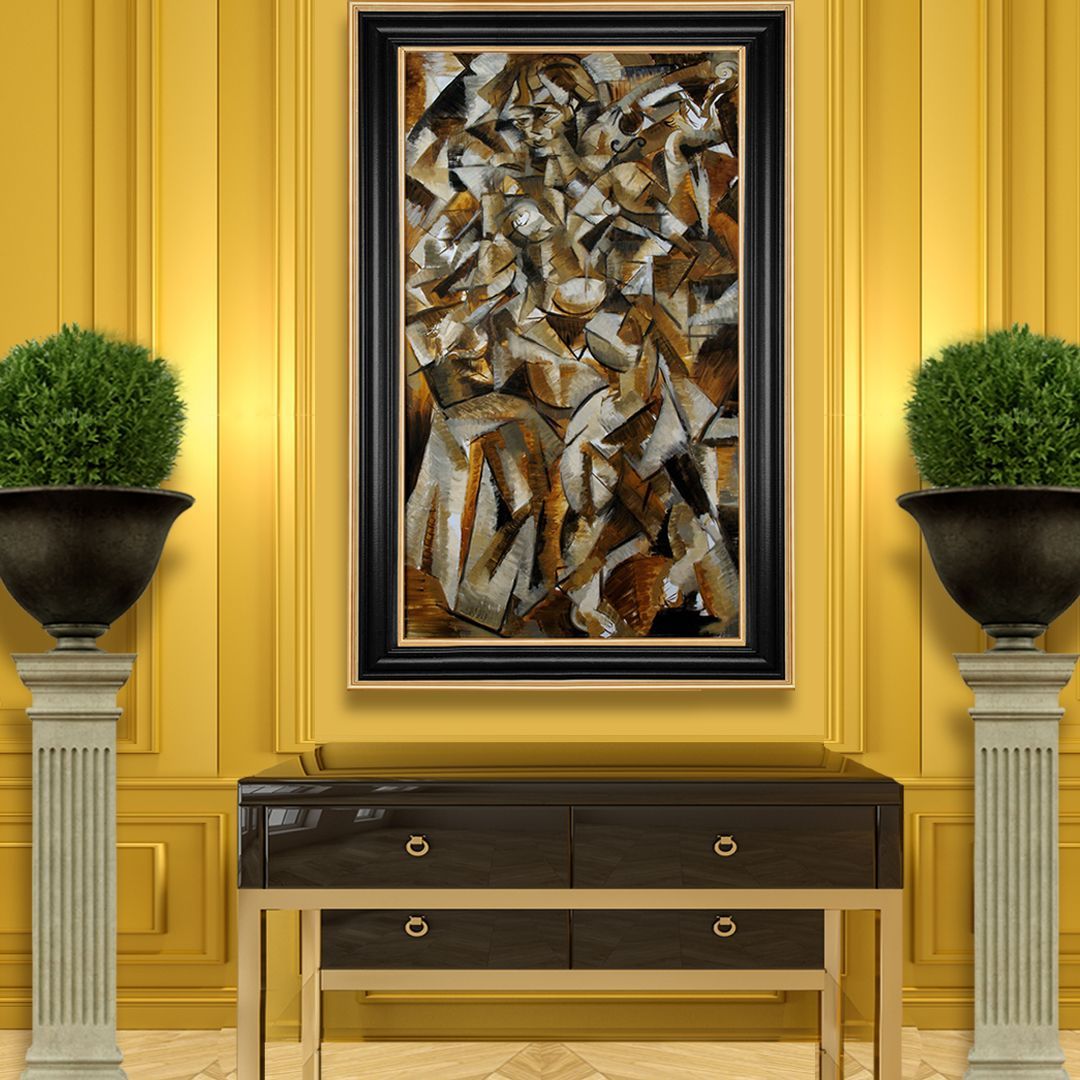
Slide title
Write your caption hereButton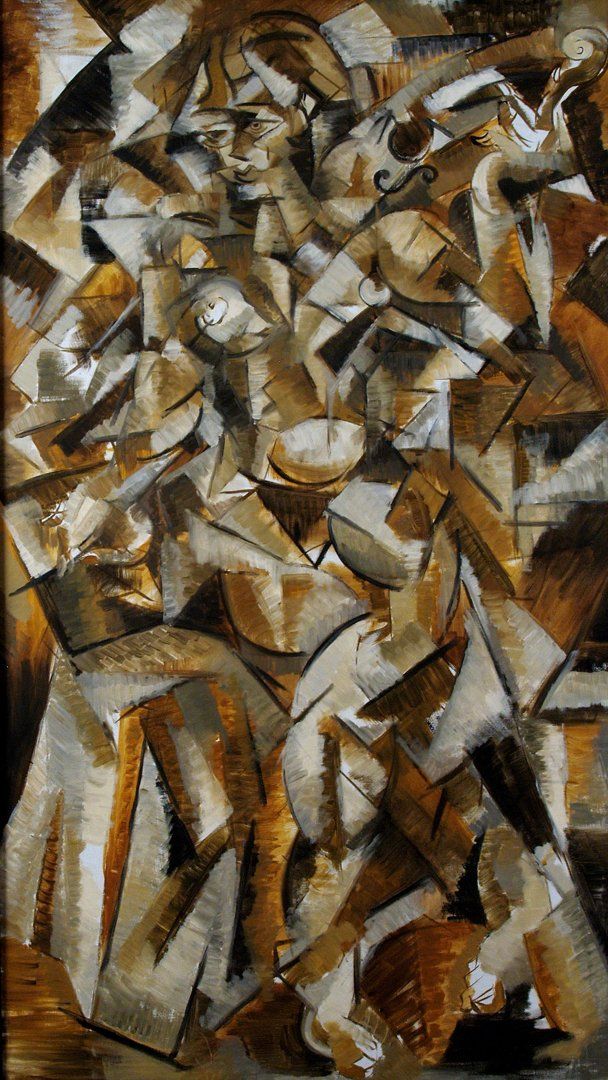
Slide title
Write your caption hereButton
Slide title
Write your caption hereButton
Slide title
Write your caption hereButton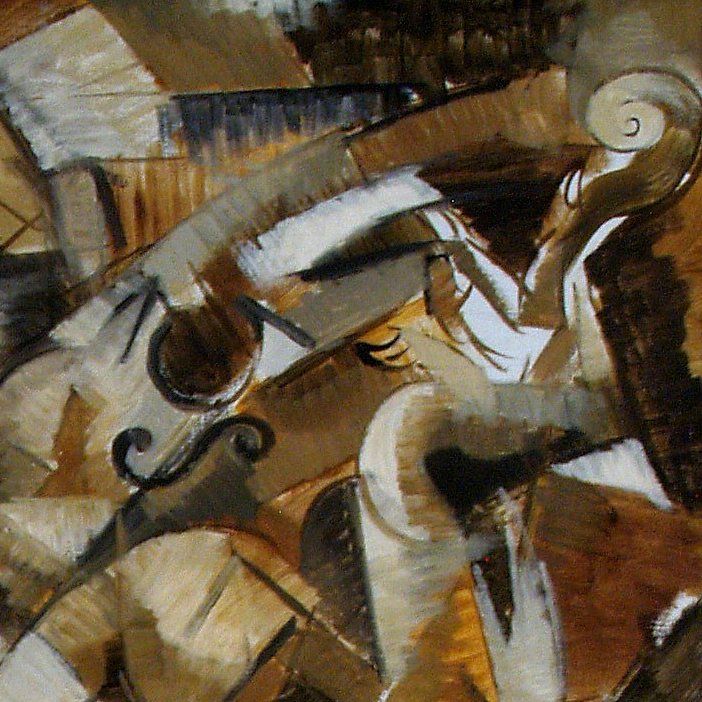
Slide title
Write your caption hereButton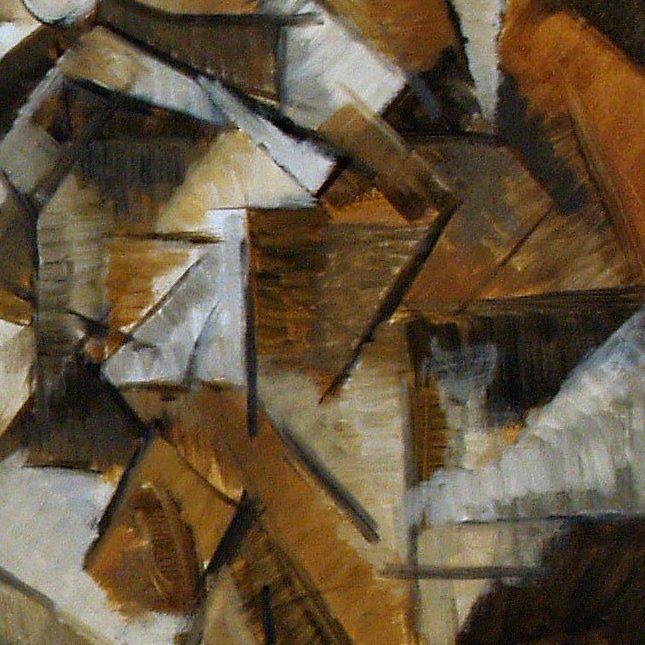
Slide title
Write your caption hereButton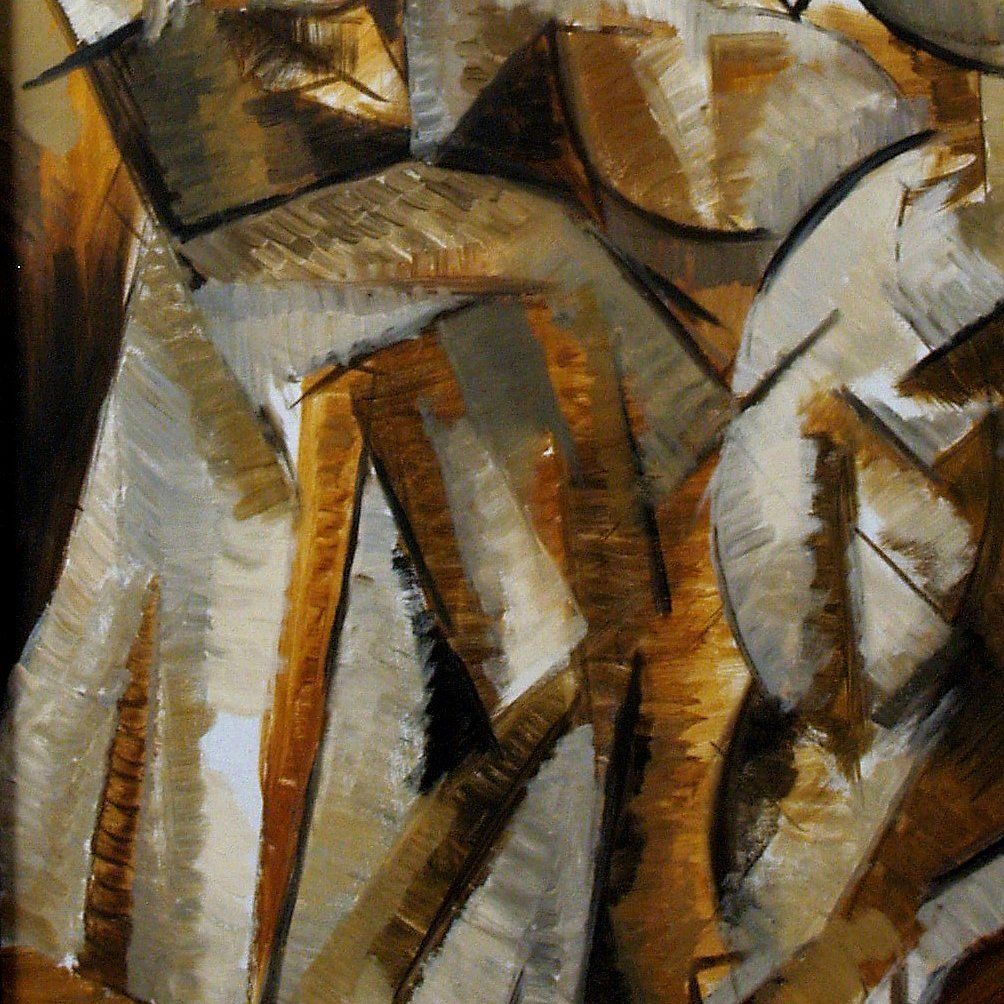
Slide title
Write your caption hereButton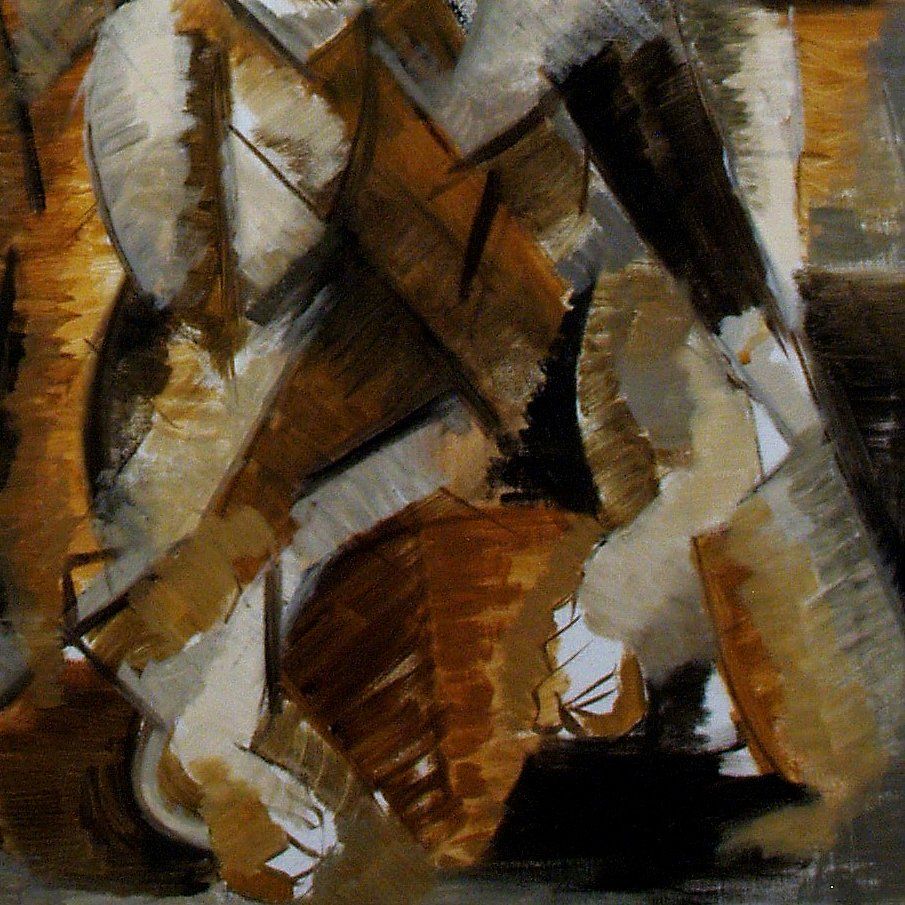
Slide title
Write your caption hereButton
Slide title
Write your caption hereButton
John Varriano, American Artist
Woman with Violin - Abstract oil painting
2003

Slide title
Write your caption hereButton
Slide title
Write your caption hereButton
Slide title
Write your caption hereButton
Slide title
Write your caption hereButton
Slide title
Write your caption hereButton
Slide title
Write your caption hereButton
Slide title
Write your caption hereButton
Slide title
Write your caption hereButton
Slide title
Write your caption hereButton
Slide title
Write your caption hereButton
John Varriano, American Artist
Woman with Violin -Abstract oil painting
2003
About
This wonderful painting was created during a period when John Varriano was intensely studying the art of Analytic Cubism. When asked why he created a number of these paintings in a style
reminiscent of that created by Braque and Picasso at the beginning of the 20 th. Century, his answer is insightful and reveals some of his aesthetic philosophy.
“Imagine what a loss it would be to the world of Art, had Rubens or The Carrraci never made numerous studies of Michelangelo and Titian? What if Michelangelo did not allow the Art of
Antiquity to influence him? What if Bernini was not regarded as Michelangelo’s heir? Didn’t Picasso take from Cezanne, and didn’t Cezanne learn from Pissarro? The list could go on and on ad-infinitum. Each of these great Artists took from their great predecessors and in turn passed
their own unique talent on to others. The key, of course, is to understand, expand, and ultimately make it your own. Mere copying is insufficient. It would be like a jazz musician trying to understand improvisation simply through the imitation of other musicians. It is the
understanding of the underlying structure that matters most. Once that is accomplished, it will allow one to put their own stamp on anything as long as it is unique within the genre. I say
within the genre because we must acknowledge those who invented the genre that is being expanded upon. Within the output of any Artist, there must also be as much originality as possible. The originality of thought, execution, ideas, techniques, and ultimately styles are
paramount.”
In this strong and compelling painting, Varriano has demonstrated his own unique interpretation of Analytic Cubism and has given us something original within the genre.
Details
Creator
John Varriano,
American Artist
(1962 - Present)
Creation Year
2003
Dimensions
Height: 42 in (106.98 cm)
Width: 24 in (60.96 cm)
Medium
Oil on Canvas
Movement & Style
Abstract Expressionism
About
This wonderful painting was created during a period when John Varriano was intensely studying the art of Analytic Cubism. When asked why he created a number of these paintings in a style reminiscent of that created by Braque and Picasso at the beginning of the 20th. Century, his
answer is insightful and reveals some of his aesthetic philosophy.
“Imagine what a loss it would be to the world of Art, had Rubens or The Carrraci never made numerous studies of Michelangelo and Titian? What if Michelangelo did not allow the Art of Antiquity to influence him? What if Bernini was not regarded as Michelangelo’s heir? Didn’t Picasso take from Cezanne, and didn’t Cezanne learn from Pissarro? The list could go on and on ad-infinitum. Each of these great Artists took from their great predecessors and in turn passed their own unique talent on to others. The key, of course, is to understand, expand, and ultimately make it your own. Mere copying is insufficient. It would be like a jazz musician trying to understand improvisation simply through the imitation of other musicians. It is the understanding of the underlying structure that matters most. Once that is accomplished, it will allow one to put their own stamp on anything as long as it is unique within the genre. I say within the genre because we must acknowledge those who invented the genre that is being expanded upon. Within the output of any Artist, there must also be as much originality as possible. The originality of thought, execution, ideas, techniques, and ultimately styles are paramount.”
In this strong and compelling painting, Varriano has demonstrated his own unique interpretation of Analytic Cubism and has given us something original within the genre.
Details
Creator
John Varriano,
American Artist
(1962 - Present)
Creation Year
2003
Dimensions
Height: 42 in (106.68 cm)
Width: 24 in (60.96 cm)
Medium
Oil on Canvas
Movement & Style
Abstract Expressionism